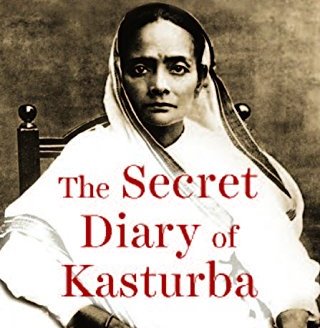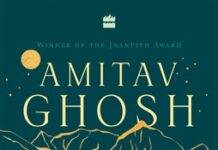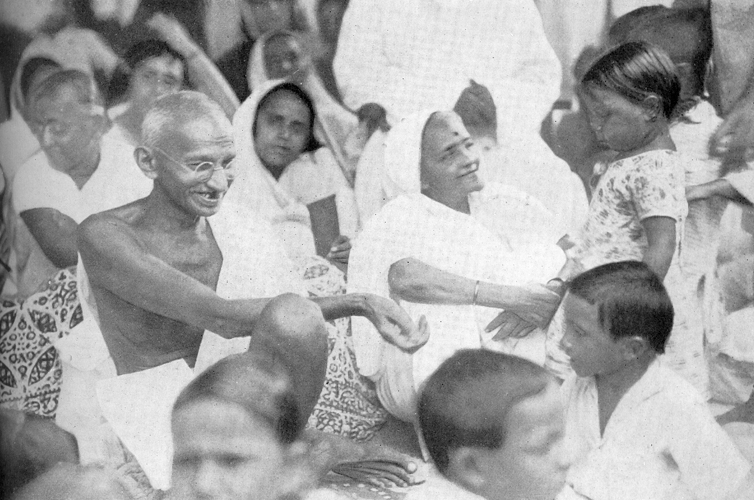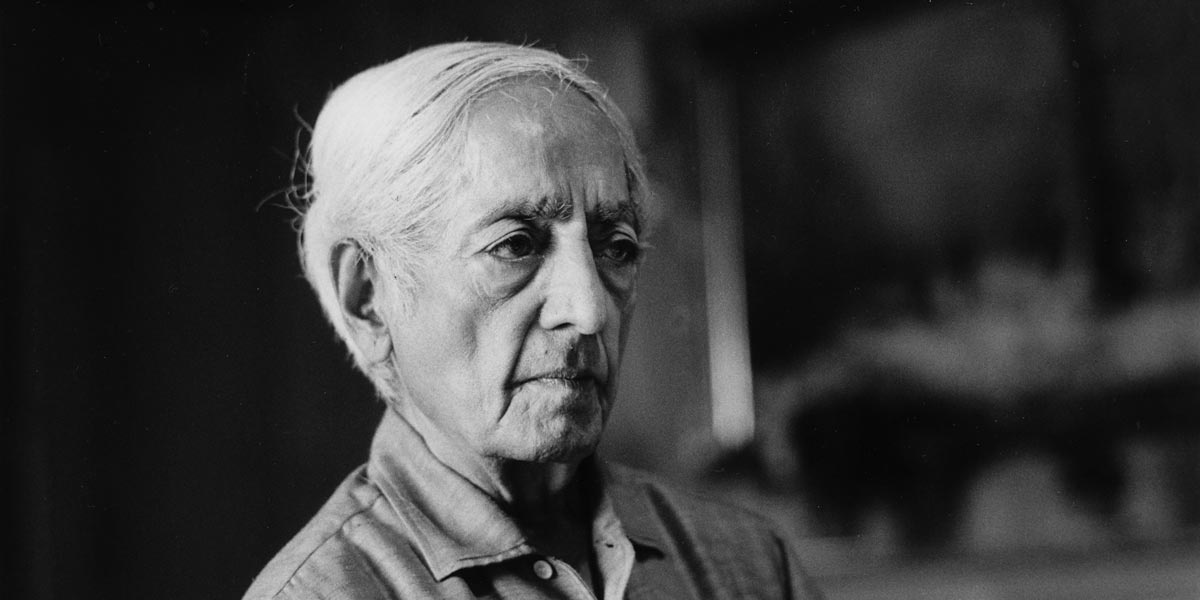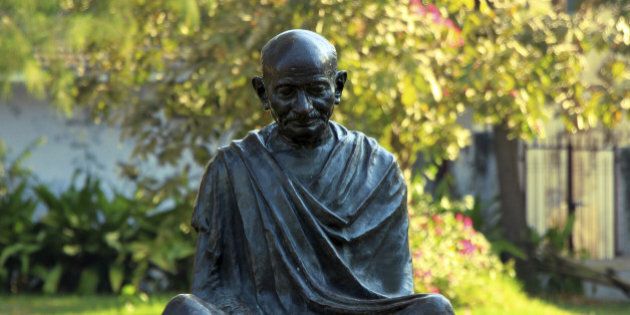REVIEW ESSAY
Through a critical textual analysis of The Secret Diary of Kasturba by Neelima Dalmia Adhar the author has cautioned us, and argued why a contemporary, radical feminist lens for looking at Mohandas- Kasturba relationship can be problematic.
Ananya Pathak |The New Leam
He is the Mahatma, a man the world venerates as a prophet of peace, but for Kasturba, the child bride who married the boy next door, Mohandas was a sexually driven, self-righteous, and over bearing husband.
– Neelima Dalmia Adhar, The Secret Diary of Kasturba
Mahatma Gandhi came and stood at the door of India’s destitute millions, clad as one of themselves, speaking to them in their own language…who else has so unreservedly accepted the vast masses of the Indian people as his flesh and blood… – Rabindranath Tagore

The Secret Diary of Kasturba is a fictional chronicle of Kasturba Gandhi’s life. Historically no such ‘secret’ diary has been found and the author has tried to recreate the life and times of the great Mahatma Gandhi’s wife based on her own readings, interpretations and inferences of historical material. Thus what the author has attempted to do is to make audible the voice of a woman who although equally passionate, committed and hardworking towards the Indian struggle for freedom may have been unjustly or inadequately represented in the pages of history due to several reasons such as the overwhelming presence of her spouse Mahatma Gandhi whose popularity ran through the masses, the distinct socio-cultural milieu of the time when women in India were deprived of education and freedom of thought and of course to her own inability to record her voice in the form of diary accounts, articles or preserved speeches. Thus what this means is that what she thought, felt and imagined are completely left to the researcher’s own creative imagination and critical discretion and given this situation it is always susceptible to vulnerabilities of misjudgment, partiality and a tendency to look at her life and personality through the modern/westernised notions of feminist liberation.
However despite its many limitations in terms of analytical sharpness, use of context specific parameters of progress and an often unreal, distant critique of Gandhi’s way of life that may seem like the voice of a modern, university educated ‘feminist’ rather than a wife or a lifelong companion- the genre of the book which can broadly be fitted into the Subaltern theme is capable of immense potential if dealt with academic agility and empathetic maturity. We are aware that the genealogical study of the subaltern can be credited to three most prominent thinkers namely Antonio Gramsci, Ranajit Guha and Gayatri Chakravorthy Spivak.
The qualitative difference between post-colonial/post-imperial / Subaltern literature and the traditional style of historic method is that the former focuses primarily on the large scale, meta narratives of the dominant groups whereas the later has the potential to reflect on various themes such as oppression, marginalization, gender discrimination, subjugation of lower and working classes, oppressed women, and neglected sections of society and thus is also known as the antiessentialist approach or the approach from below. The distinct place that the subaltern method enjoys is worth greater exploration if one were to really decipher the many unheard, marginalised voices of the colonial period and Kasturba’s is certainly one of them. But the fact that one must be aware of is that there is likely to be a great difference in style, content and degree of engagement when the subaltern writes/speaks on their own and when a scholar of subaltern studies speaks of them as a distinct historical category. While the former has first-hand experiences and a perspective that is born out of participation the second will have to rely on secondary material and analyse through theoretical frameworks and academic jargons, this also implies that there are possibilities that the scholar’s own value judgments, perspectives and ideological inclinations will be reflected. Thus while it may be needless to add that the growth of subaltern studies as a distinguished field of academic enquiry is of great importance nevertheless it is also a fragile, challenging task that involves great ethical responsibility and perceptive maturity.

Dalmia’s book is an attempt to throw light on Kasturba’s life: her relationships with her husband and children, the way she saw and participated in the Indian freedom struggle, her deepest dilemmas, fears and desires. This book is important because it attempts to throw light on an aspect of Mahatma Gandhi’s life from his most closest and intimate companion and thus allows the readers to peek into a world hitherto unexplored even in Gandhi’s autobiographical account My Experiments with truth. We widely know of the Mahatma as a leader with immense organizational skills and the capability to restore India’s freedom by winning the hearts of ordinary Indians and motivating them for collective action, we are aware of his persistent emphasis on non-violence, self-restraint, service to others and deep compassion for the pained. But this book shares with us an altogether new dimension to the man’s life as a husband, as a father and above all as a family man with a private life. From his carnal instincts after marriage to his adamant adherence of vows that left his wife and children deeply affected, his harsh disciplinarian methods of educating his sons and tendencies of imposing undemocratically his decisions on Katurba, to the allegations against his later sexual experimentations and the many duties towards his family he allegedly left neglected- this book is an account of all the shameful, ridiculously insane and unjust actions that Mahtama Gandhi apparently did.
Throughout the book the author speaks in a tone that judges the mass leader with categories common in university parlance and ascribes to him the characteristics of a demon. Ironically, while it will create sensation in the market as anti- Gandhi literature is an eternally hot selling cake it is a book that fails to speak like a wife, like a companion, like a partner who is a co-creator of reality and assumes a voice similar to a ‘reality-show’ judge who comfortably sits on a pedestal and judges the nervous participants with stark indifference. It is also a paradox that although a piece of literature such as this claims to bring out the hidden voices of women to the forefront they contribute further to the stereotype that women are merely sexual beings and they have no greater goal than impressing their husband either by appearance or by complicity to domestic roles- thus the mind of the woman as an entity capable of creative thinking, intelligent reflection and autonomous decision making is altogether negated and in the absence of a concrete public role/ status they perpetually succumb to an identity less existence. Dalmia writes as she claims to put herself in Kasturba’s shoes “Why was he embarking on a journey of penance and celibacy oblivious of the people he would inadvertently victimize, wound and mutilate on the way. Who has given you the authority to enforce a ruling on me that affects me with such a cruel, brutal force, without my consent? Who?”
Undoubtedly Mohandas is constantly preoccupied with the nationalist movement and thus cannot give sufficient time to his family even though he ensures that whenever possible he adheres to their needs. Yes, amidst this the parental load on Kasturba must have doubled as she would have also been loaded with extra responsibilities towards the family’s welfare. Dalmia reminds us of this anguish when she writes in Ksturba’s voice‚ In the process I had devised my own silent form of satyagraha, a prolonged and non-violent protest against his emotional atrocities towards me and my sons by which I sometimes succeeded in making him retract his steps.
The larger part of this book is written as if Kasturba is constantly trying to take revenge from the Mahatma and leading a life full of suffocation. Although most of the portrayal in the book is from Kasturba’s side, one feels that this is often bereft of soul and very impersonal too. One also feels like asking that if Kasturba was really so unhappy in the conjugal bond how come she never resisted and spoke to anybody about it? We know that Gandhi had associates from across the world , the world media was always outside his doors and he enjoyed an acceptance across the globe- why did kasturba not stand up for her own rights, expose her unruly husband if she really held so much against him? It is here that I quote from Dalmia’s book to reassert how fragile she portrays their marital bond to be. Dalmia writes “Much as I felt flattered that after all these years he still found me intensely desirable and the need to have me by his side all the time, warmed the cockles of my heart, but his behaviour had begun to border on cruelty. This constant hounding was getting to me. I was feeling suffocated. Surely a “London-returned” barrister should have found something more meaningful to do, than to chase his wife all day and then make false allegations and hurl preposterous charges of infidelity at her. I was being emotionally abused. This was cruelty. I had had enough.”
Many people will argue that this book is a valuable read for all those who wish to know of the Mahatma’s private life, about how he treated his own family- but this is where one must be careful and understand that the temptation to sensationalize many of Gandhi’s lesser known and far lesser understood experimentations is far greater than we estimate. However, like we said earlier the genre of historicfiction or an attempt at subaltern literature is a fragile and challenging domain that should be dealt with an immense sense of responsibility and accountability. While sensationalism and toxic facts sell the most in a hyper-media induced cultural milieu it is time we resisted the temptation and encouraged literature that is responsible and mature.Dalmia’s book disappoints us not only in its tone but also in terms of the way it projects a woman as primarily an oppressed, voiceless being and their conjugal bond nothing but a compulsive adjustment denying it of all its beautiful moments of shared compassion and deep understanding. Needless to add one expected a more nuanced and intellectually intricate piece of work.
The New Leam has no external source of funding. For retaining its uniqueness, its high quality, its distinctive philosophy we wish to reduce the degree of dependence on corporate funding. We believe that if individuals like you come forward and SUPPORT THIS ENDEAVOR can make the magazine self-reliant in a very innovative way.

